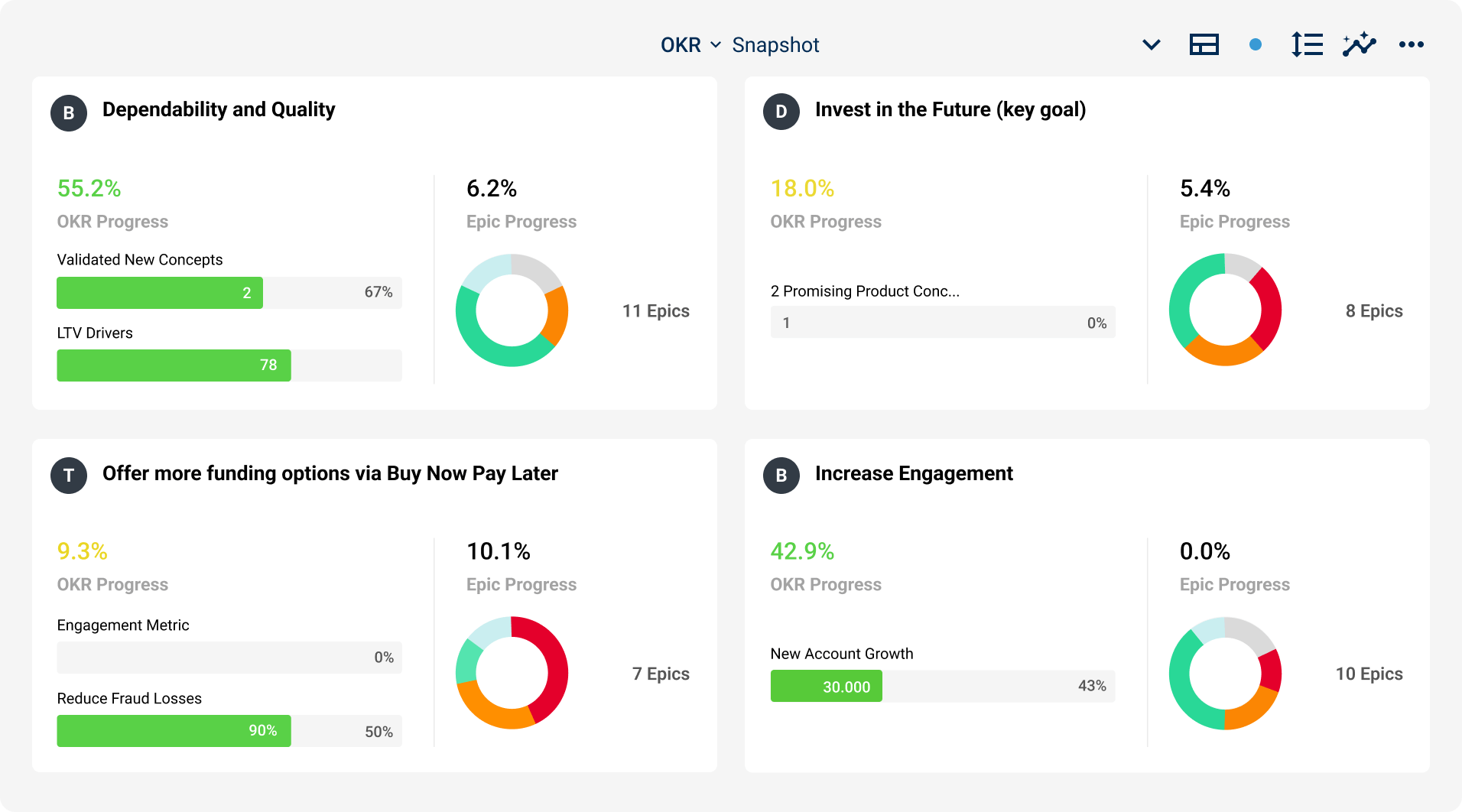Chief Product Officer: The Strategic Leader at the Helm of Product Innovation
The Chief Product Officer (CPO) is a crucial member of the executive team, serving as the highest-ranking leader within a company’s product organization. CPOs are responsible for driving the product strategy, overseeing product innovation, managing the product portfolio, and ensuring that the company’s product vision aligns with its business goals. They play a pivotal role in both the short- and long-term success of the company, as they are ultimately responsible for the entire product lifecycle—from ideation and development to launch and iteration.
As the top leader in the product organization, the CPO manages product teams across various product lines and divisions, with a focus on coordinating efforts to meet overarching company objectives. In a rapidly evolving marketplace, the role of the CPO has become increasingly important, especially in companies that rely on software and technology to drive growth.
CPOs and Their Broader Strategic Focus
While Product Managers typically focus on prioritization—deciding which features or enhancements will have the greatest impact on users—Chief Product Officers adopt a more expansive mindset. CPOs are concerned with allocation: how to best distribute financial resources, team efforts, and operational bandwidth to achieve the company’s strategic goals. Their responsibility isn’t just to optimize one product but to drive forward the company’s broader business objectives.
CPOs are tasked with ensuring that product investment aligns with key business goals and outcomes, including OKRs (Objectives and Key Results). This means balancing the needs of customers with the limited resources available, and ensuring that the product portfolio contributes to the company’s growth and profitability. By effectively managing the product portfolio, CPOs can minimize risks, optimize returns, and help the organization achieve its strategic goals.
The Modern Approach: Portfolio Management
One of the hallmarks of a modern Chief Product Officer is their portfolio approach to managing product teams and initiatives. In today’s fast-paced, data-driven environment, it’s essential that CPOs oversee not just individual products but the entire product portfolio. By applying a portfolio management mindset, they can balance the needs of customers with business priorities, all while managing the constraints of limited resources—especially engineering bandwidth.
A portfolio approach helps CPOs allocate resources effectively across products by considering their strategic value within the broader portfolio. It also helps identify risks or gaps within the product suite and enables executives to make data-driven decisions about where to invest next.
A key skill for any Chief Product Officer is balancing short-term product wins with long-term strategic goals. For example, when resources are limited, the CPO must focus on initiatives that drive the greatest impact while keeping the portfolio aligned and cohesive with overall business goals.

A good portfolio management platform helps Chief Product Officers gain visibility into outcomes, roadmap strategy, and prioritization decisions.
CPOs as Strategic Drivers of Company Success
The role of a CPO is often described as one of the most influential and impactful in any company that relies on software or technology. As Melissa Perri, CEO of ProduxLabs, aptly states, “A CPO is at the executive level and needs to understand the gaps, design the strategy, and enable themselves with enough data to get answers and drive results. It’s such an important role for any organization that uses software as you can make or break the business strategy.”
CPOs serve as the glue between different departments—product, engineering, sales, marketing, and customer success—making sure teams stay aligned and work toward shared goals. They translate high-level company strategy into actionable product strategies that can be executed by product teams across the organization.
They are also responsible for fostering a culture of innovation, driving product differentiation, and finding ways to optimize offerings. Ultimately, the CPO’s ability to make the right decisions at the right time can be the difference between a company thriving or falling behind its competitors.
Key Resources for Chief Product Officers
For CPOs looking to improve their strategies and overcome product leadership challenges, there are many helpful resources available:
- The 90-Day Success Plan for New Chief Product Officers — A step-by-step guide to hitting the ground running in the first three months.
- Four Portfolio Risks That Every Leader Should Know — Common portfolio management pitfalls and how to avoid them.
- Webinar: Driving an Outcome-Oriented Product Strategy with Melissa Perri — How to lead a product strategy focused on clear, measurable outcomes.
- Webinar: Strategic Planning for Outcome-Focused Teams with Perry Steinberg, CPO at AbacusNext — Practical steps to align teams and execute effective strategic plans.
Conclusion
In today’s fast-evolving business landscape, the Chief Product Officer plays a strategic role in driving product vision, innovation, and portfolio management. By aligning product investments with business goals and applying a portfolio approach, they help their companies scale and compete effectively.
For organizations aiming to grow and lead in today’s market, having a strong Chief Product Officer and effective portfolio practices is not optional — it’s essential.